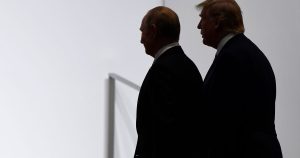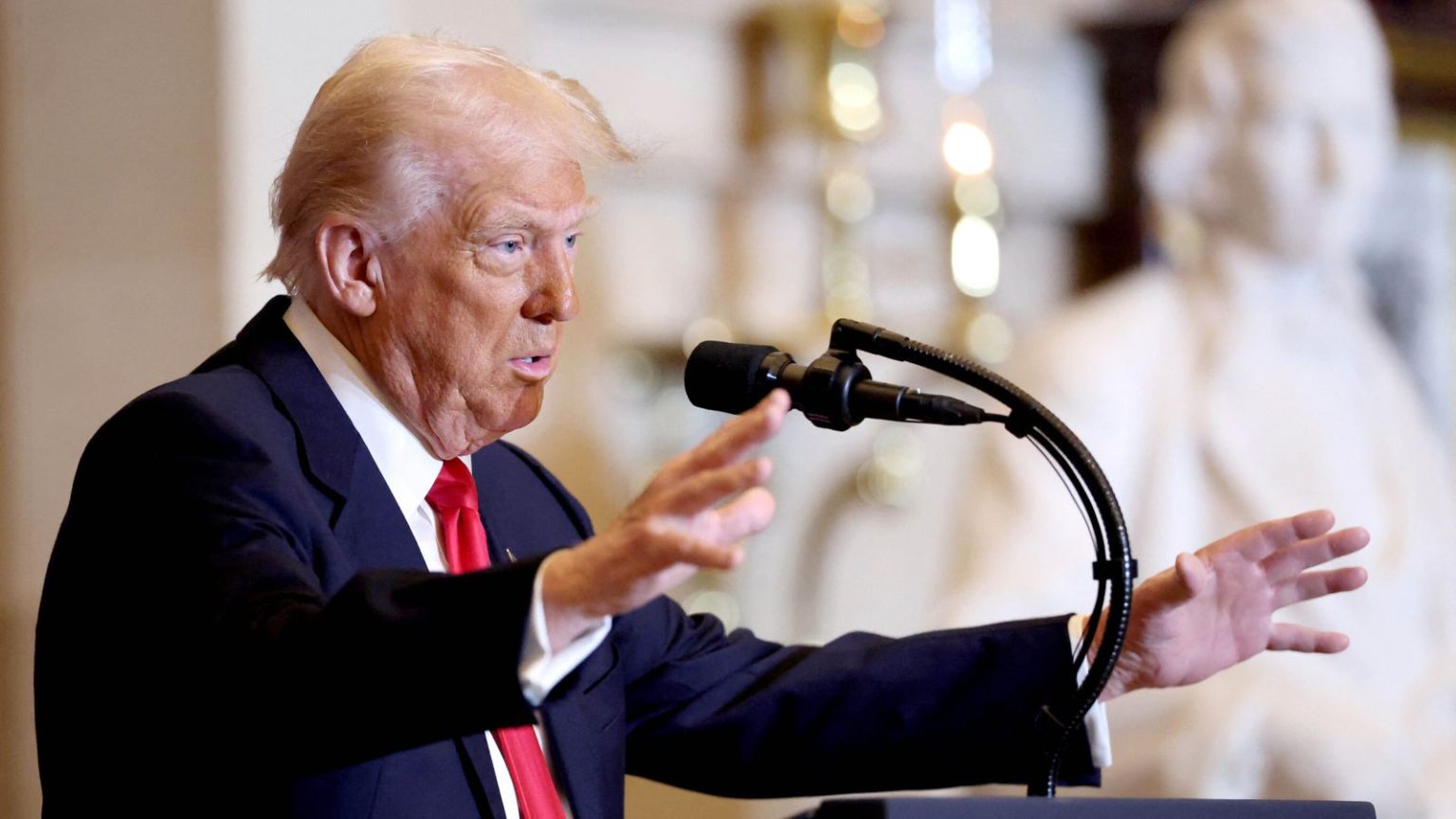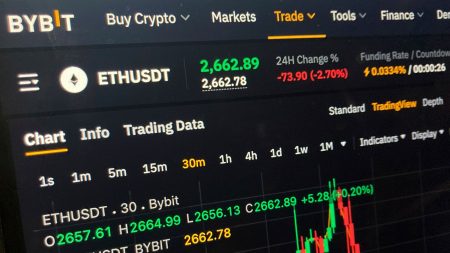The Trump Tariffs: A Global Trade Storm
On the day China’s retaliatory tariffs on the U.S. were set to take effect, the world was caught off guard by yet another bombshell from Donald Trump—a sweeping 25% tariff on all steel and aluminum exports to the U.S. This move left no country unscathed, imposing a blanket levy that sent shockwaves through global trade networks. Major steel-exporting nations like Canada, Mexico, and Brazil were hit particularly hard, as their industries rely heavily on access to the U.S. market. The announcement marked a significant escalation in the U.S. trade war, leaving allies and competitors alike scrambling to respond.
In Asia, the news caused immediate concern among key steel exporters such as South Korea, Vietnam, Australia, and Japan. These countries, which have long depended on the U.S. as a critical market for their steel and aluminum products, now face a stark reality: a 25% hike in tariffs that could severely impact their exports and economies. Australia, for instance, has already signaled its intention to negotiate an exemption, but it is unlikely to be the only country seeking relief. The situation underscores the challenges smaller nations face when dealing with the unpredictable and protectionist policies of a global superpower.
The Global Trade War Intensifies
The Trump administration’s decision to impose these tariffs without exceptions has raised the stakes in an already tense global trade environment. Until now, the U.S. had targeted specific countries with its tariffs, such as the 10% levy on Chinese goods and the initial 25% tariff on steel and aluminum from Canada and Mexico. However, this latest move represents a broader and more aggressive approach, with far-reaching consequences for the global economy.
China, a key player in the ongoing trade war, has retaliated with its own set of measures. Beijing has imposed tariffs ranging from 10% to 15% on U.S. exports such as crude oil, liquified natural gas, coal, farm machinery, and pick-up trucks. Beyond tariffs, China has also restricted access to 25 critical minerals and sanctioned several U.S. companies, signaling its willingness to fight back with a mix of economic and diplomatic tools. These moves highlight the escalating nature of the conflict and the potential for further retaliation from both sides.
China’s Strategic Response and Global Opportunities
Amid the chaos of the U.S.-led trade war, China sees an opportunity to strengthen its position on the global stage. As the West remains preoccupied with the war in Ukraine and the fallout from the trade conflict, China is focusing on its national priorities without significant external interference. Beijing is also positioning itself as a stable and reliable trading partner, particularly for "Global South" countries—developing nations that have historically maintained a delicate balance between their relationships with Washington and Beijing.
For these countries, the choice between aligning with the U.S. or China is becoming increasingly complicated. As the U.S. turns inward under Trump’s protectionist policies, China is poised to fill the void left by American isolationism. By presenting itself as a consistent and dependable partner, China aims to deepen its economic and political ties with these nations, further solidifying its influence in the developing world.
The Broader Implications of the Trade War
The ongoing trade war between the U.S. and China has far-reaching implications that extend beyond immediate economic impacts. The conflict has created a power vacuum that China is eager to exploit, particularly in regions where the U.S. influence is waning. As the West grapples with internal divisions and external challenges, China is strategically positioning itself to emerge as a dominant player in global trade and diplomacy.
The situation is further complicated by the personal dynamics between the two leaders at the center of the conflict—Donald Trump and Xi Jinping. A phone call between the two presidents has been scheduled, but Trump has indicated he is in no rush to engage, leaving uncertainty about the timing and outcome of their discussion. The U.S. may be seeking China’s assistance in pressuring Russia to end the war in Ukraine, but it remains unclear whether Xi Jinping is willing to cooperate on this front.
Conclusion: A Shifting Global Landscape
The latest round of tariffs imposed by the Trump administration has once again underscored the unpredictable nature of global trade under U.S. leadership. Countries around the world are being forced to navigate a complex and volatile economic landscape, where traditional alliances and partnerships are increasingly being called into question.
For nations like Australia, South Korea, and Brazil, the challenge lies in navigating this new reality while protecting their economic interests. Each country will need to find a way to stand up to the U.S. and advocate for its own needs, whether through direct negotiations or by seeking alternative markets. At the same time, China’s strategic response to the trade war offers a glimpse into a shifting global order, where Beijing is positioning itself as a stable and reliable alternative to Washington.
As the trade war continues to unfold, one thing is clear: the world is entering a new era of economic and political uncertainty. The ability of nations to adapt to these changes and forge new partnerships will play a crucial role in shaping the future of global trade and diplomacy. For now, all eyes remain on the U.S. and China, as their actions set the stage for a potentially transformative period in international relations.















